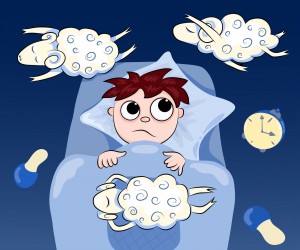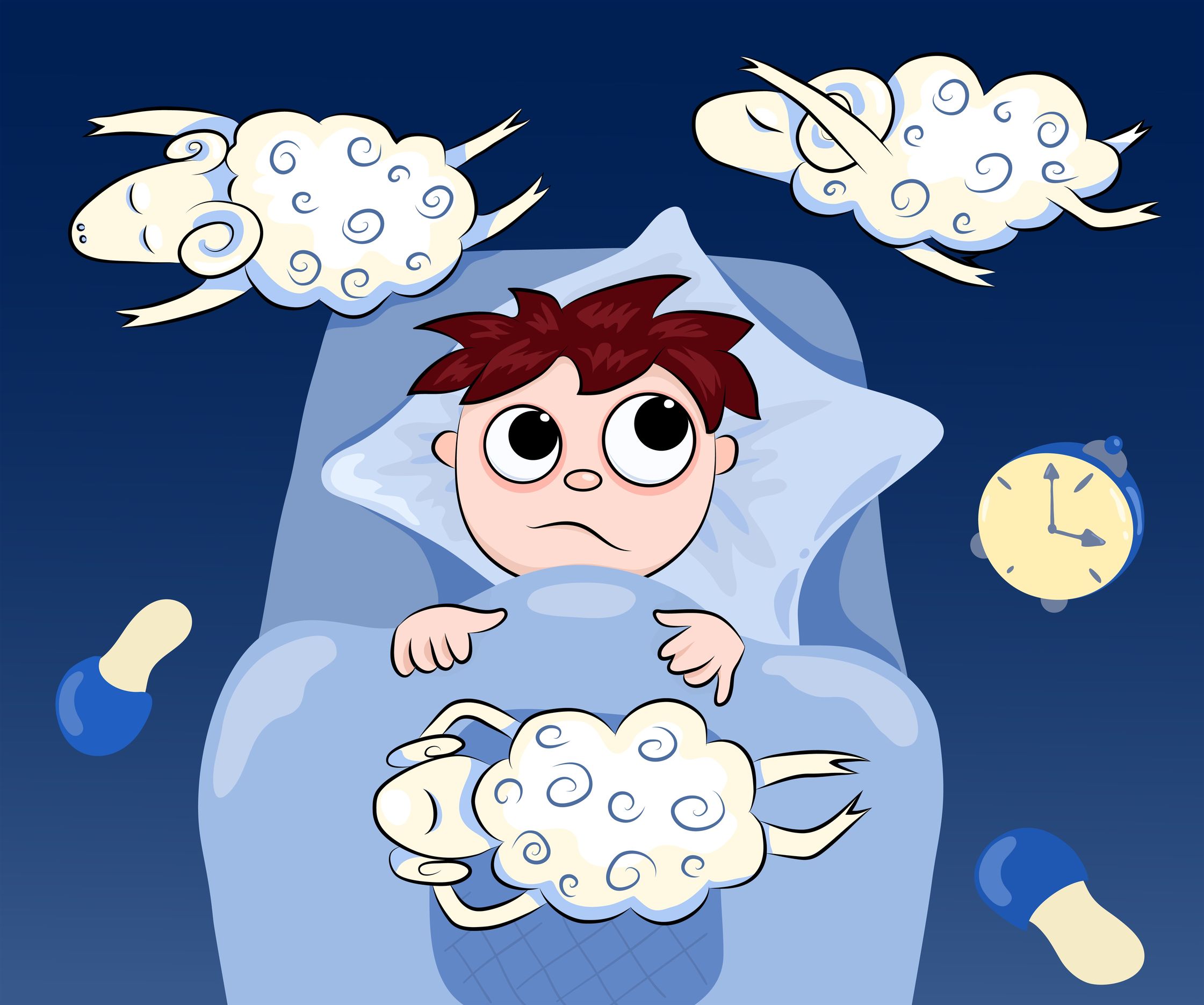In the battle of conquering sleep, it is important to make sure we are getting the correct information. The National Sleep Foundation has compiled a short list of common myths about sleep with the real facts in order to protect us and help us sleep better.
1. Daytime sleepiness always means a person isn’t getting enough sleep.
Excessive daytime sleepiness is a condition in which a person feels very drowsy during the day and has a strong urge to fall asleep when he/she should be fully alert and awake. The condition can occur after a full night of sleep and can be a sign of an underlying medical condition or sleep disorder, such as sleep apnea or narcolepsy. Daytime sleepiness can be dangerous and puts a person at risk for drowsy driving, injury, and illness and can impair mental abilities, emotions, and performance. There are treatments for this condition and it should be discussed with a physician as soon as possible.
2. Obesity, diabetes, hypertension, depression and other health problems are unrelated to the amount and quality of a person’s sleep.
Research indicates that there is a relationship between sleep and many health problems. Insufficient sleep affects growth hormone secretion that is linked to obesity; as the amount of hormone secretion decreases, the chance for weight gain increases. Blood pressure usually falls during sleep however, interrupted sleep can affect this normal decline, leading to hypertension and cardiovascular problems. Research has also shown that insufficient sleep impairs the body’s ability to use insulin, which can lead to the onset of diabetes. More and more scientific studies are showing correlations between poor and insufficient sleep and disease.
3. You need less sleep as you get older.
Sleep patterns do change as we age but, the amount of sleep we need does not. Older people may wake more frequently through the night but, they still need 7-9 hours of sleep every night. If it common for older people to sleep more during the day. Naps planned as part of a regular daily routine can be useful in promoting wakefulness after the person awakens.
4. Your brain rests during sleep.
Quite the opposite happens during sleep. The brain remains active, gets “recharged,” as it still controls many body functions including breathing. When we sleep, we typically drift between two sleep states, REM (rapid eye movement) and non-REM, in 90-minute cycles. Non-REM sleep has four stages with distinct features, ranging from stage one drowsiness, when one can be easily awakened, to “deep sleep” stages three and four, when awakenings are more difficult and where the most positive and restorative effects of sleep occur. However, even in the deepest non-REM sleep, our minds can still process information. REM sleep is an active sleep where dreams occur, breathing and heart rate increase and become irregular, muscles relax and eyes move back and forth under the eyelids.
5. If you wake up in the middle of the night, you should stay in bed, counting sheep, or toss and turn until you eventually fall back asleep.
False. This is a symptom of insomnia. Keep in mind that relaxing imagery or thoughts may be more distracting that relaxing. Regardless of your technique to fall back asleep, sleep experts agree that if you do not fall back asleep within 15-20 minutes, you should go into another room and engage in a relaxing activity such as reading or listening to music. When you feel sleepy again, return back to bed.
The more you learn about sleep, the more you’ll be able to understand your sleep needs and recognize what your body is trying to tell you. Always make sleep a priority and ask questions when you need to. Find out more about sleep myths here!



No comments yet.